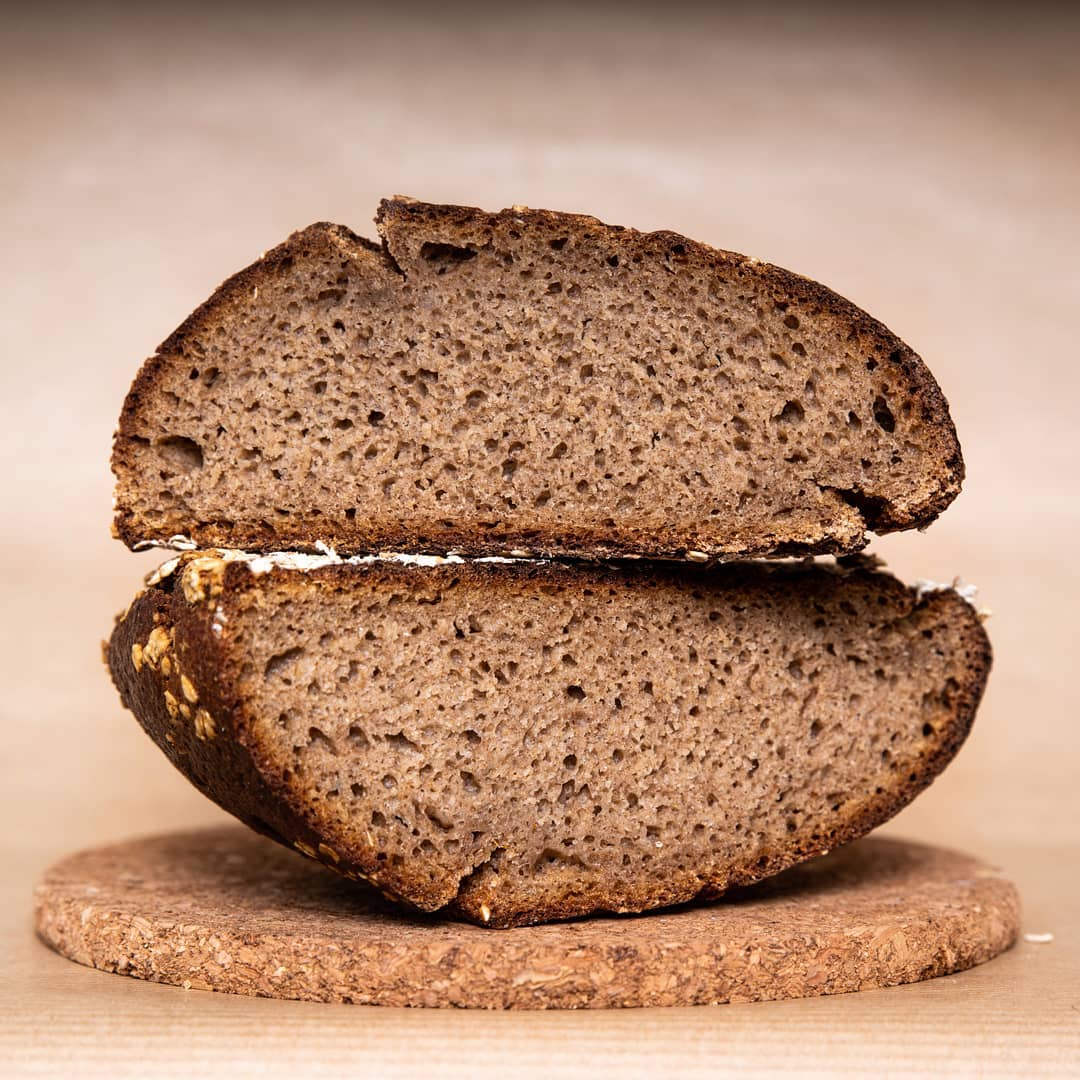I just started baking bread a few months ago and after starting with overnight no-knead boules, I decided I also wanted to make sandwich bread. So I looked up some recipes and made them a bunch of times and got to where I can make a pretty good loaf of sandwich bread.
The thing is, I was feeling pretty overwhelmed when I started with the sandwich bread recipes, which need to be kneaded as the total rise time is under 3 hours. So I didn’t look up any technique, and I knead by just picking up the ball of dough and kneading it with my fingers sort of like how a cat makes biscuits. Typically I do this for 10 minutes.
I saw a video later with a very different kneading technique. But mine seems to produce a bread that holds together fairly well and has reasonably uniform bubbles throughout, though a little denser at the bottom than the top.
Thoughts? Am I a heretic who should renounce my wildcat ways, or is this fine?


If it works, great!
I default to a stand mixer when I need to knead.
You can also autolyse for 15-30m with just the flour and water and then mix in yeast and salt after.
I usually let my kneaded bread recipes autolyse before kneading and I accidentally threw the yeast & salt in a couple times up front, and it didn’t seem to make much difference in taste or texture. Bulk ferment takes about the same time. Do you happen to know what the difference is?
I think in theory yeast destroys gluten and salt slows down yeast, but I also haven’t noticed a big difference.
Understanding Baking: The Art and Science of Baking by Amendola and Rees was a huge help understanding bread for me.
thanks!